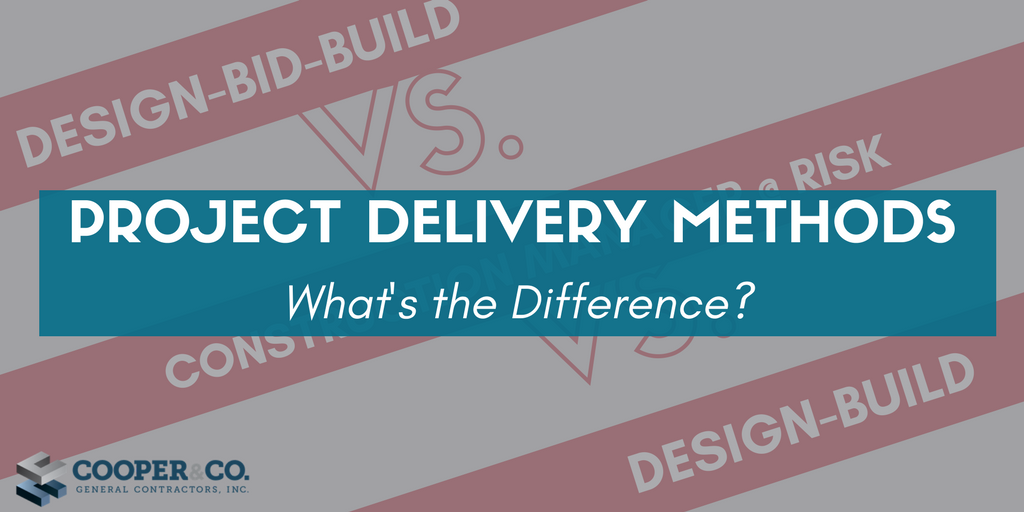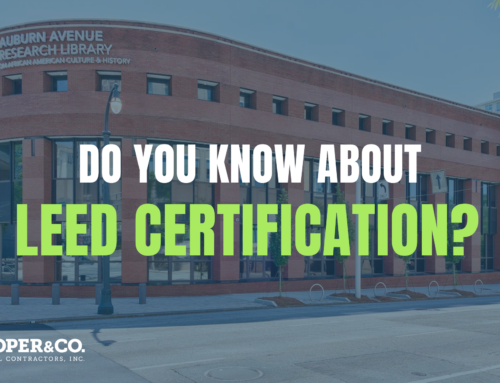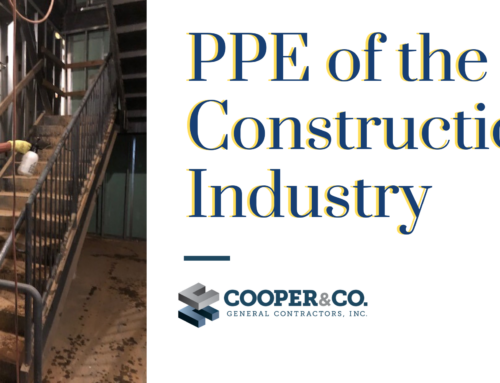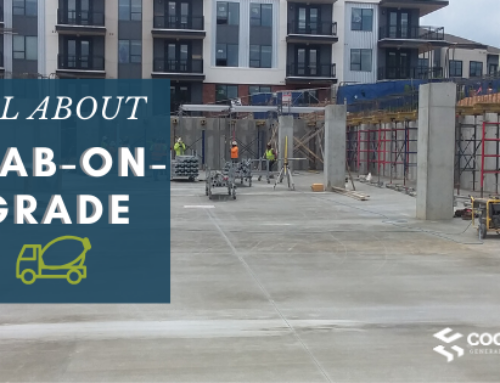Knowing the Delivery Method is Key in Delivering the Project
Project Owners are faced with the choosing the project delivery system prior to moving forward with their new construction or renovation project. By selecting this method ahead of time, it can hopefully divert challenges down the road. The method of delivery is typically stated in the contract to clarify how a project will be produced and delivered for completion to the owner. In general, there are three basic types of project approach:
- Design-Bid-Build (DBB)
- Construction Manager at Risk (CM@R)
- Design-Build (DB)
Which method an owner chooses can vary in many ways depending on time frame, experience, and ultimate goals. With that being said, most owners want the same thing — Lowest Cost Construction at the Highest Quality in the Shortest Period of Time. Yet factors such as the owner control of the design and/or speed of getting started on construction may take priority.
As an Owner You should consider the following things while deciding:
- Upfront cost vs. Life-Cycle Cost
- Cost vs. Quality Objectives
- Shortest Schedule
- Quality
- Technical Specifications
- Overall Expectations
- Opportunities for Innovation and Value Engineering
- Cost of Design Changes
- Impact on Current Operations or Safety
- Number of Contracts/ Points of Accountability
- Owner’s Resources
- Owner’s Risk
Picking your Process
Owners should define their goals based on their needs. For example, a project may be subject to constant disruptions such as an occupied school or church facility. While other projects may require frequent design changes to meet needs through the design. Knowing which of these factors affect your project would help to define which delivery method is best suited for your project. Owners should also recognize the various trade-offs relating to cost, time, quality, risk, and finding the method that brings balance to the project. It is completely possible that while one method may prove advantageous to one of the owner’s projects, it is not the ideal method in the next project executed by owners. We see this often in the case of municipal projects that involve first response centers versus administrative facilities.
Design-Bid-Build:
This method is the most common project delivery method. In this case, the owner signs separate contracts with the architect and the general contractor. The architectural firm produces the design and construction permit documents for the project owner. On occasion, the architect will also then retrieve bids from contractors to carry out construction. In this delivery format, architects and contractors are not contractually bound to one another and the owner assumes all risk with the final product.

From “Project Delivery Systems: Pro vs. Con Design-Bid-Build vs. CM @ Risk vs. Design-Build,” by CMAASC.org, 2008 (http://www.cmaasc.org/pdfs/article_archives/project_1j.pdf). In the public domain.
Design-Build:
This project delivery method can actually be conducted in two different formats. It can be delivered as Construction Led Design Build or Architect Led Design Build depending on the scope of work. The Contractor-Led-Design-Build approach involves a contract with the owner and General Contractor(GC) to manage all aspects of the construction. During Pre-construction the contractor acts as a construction manager in collaboration with the architectural firm and becomes the GC after the price is negotiated. Then the project would be subcontract additional work.
The Architect-Led-Design Build Approach involves the Architect acting as the single source of responsibility to perform both design and construction under a single contract. The owner and architect can develop the scope of the design phase and then bring the GC into the construction process in a more streamlined time schedule.

From “Project Delivery Systems: Pro vs. Con Design-Bid-Build vs. CM @ Risk vs. Design-Build,” by CMAASC.org, 2008 (http://www.cmaasc.org/pdfs/article_archives/project_1j.pdf). In the public domain.
Construction Manager at Risk:
The Construction Manager at Risk (CMAR) method requires a commitment by the Construction Manager (CM) to deliver the project within a Guaranteed Maximum Price (GMP). That price is based on the construction documents and specifications at the time of the GMP plus any reasonably inferred items or tasks. This method provides professional services and acts as a consultant to the owner in the design development and construction phases. In addition to acting in the owner’s interest, the CMAR must manage and control construction costs in relation to the GMP because contractually any costs exceeding the GMP that are not change orders are the financial liability of the CMAR. Negotiating these costs can often be managed through value-engineering or cash allowances negotiated early in the process.

From “Project Delivery Systems: Pro vs. Con Design-Bid-Build vs. CM @ Risk vs. Design-Build,” by CMAASC.org, 2008 (http://www.cmaasc.org/pdfs/article_archives/project_1j.pdf). In the public domain.
Announcing the Delivery
Owners then usually provide an RFQ or RFP stating the delivery method to interested parties that includes the scope of the project, associated budget, special needs, and pertinent required documentation. These announcements can be as short or as long as needed to provide the architect and GC with the information necessary to respond to the request. A general time frame that includes time for questions and/or pre-bid meetings is usually provided prior to the deadline for a response to the request.
Our Services
Cooper and Company is honored to be able to deliver under each of these construction delivery methods for our clients. Within each strategy, our team has members that excel to help our owners navigate both the advantages and challenges that each method brings to the table. Our experience over the last half decade has allowed us to develop great relationships with architects, engineers, and subcontractors around the southeast to ensure that we can work collaboratively to achieve each owner’s goals. We are also available to discuss the differences between these methods with anyone who is unsure of which method would work best for their project and are here to help. Reach out to us if we can be assistance in your planning process.






